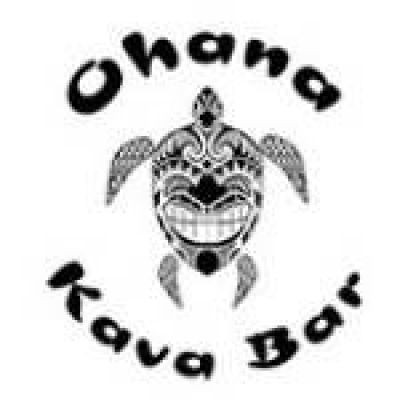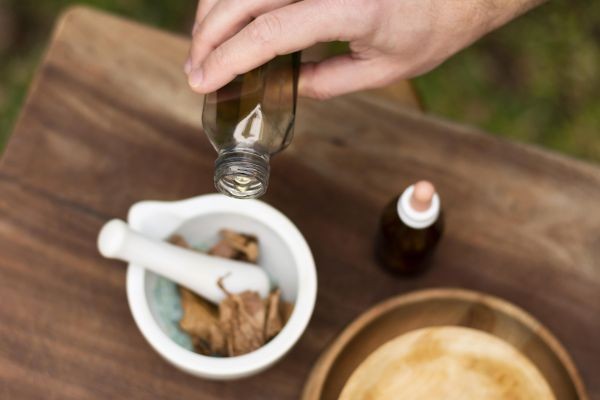Kava is not new. It has been part of daily life and tradition for many communities in the South Pacific for centuries. Now, it is becoming popular across different parts of the world. People are exploring kava in many forms—one such form is kava drops, which are a modern way to experience this age-old plant.
Kava is usually made by grinding the root of the kava plant and mixing it with water to create a drink. This drink has a strong earthy flavor that is often described as peppery. People usually drink kava in social settings or in relaxed environments.
Where Kava Comes From
Kava has deep roots in Polynesian culture. It first appeared in places like Vanuatu, Fiji, and Tonga. These island nations have grown and prepared kava for hundreds of years. The kava root was used in different ceremonies and community gatherings. It wasn’t just a casual drink—it had cultural importance.
Island communities used kava during major events. It helped mark important moments like welcoming visitors, signing agreements, or honoring elders. It was a symbol of respect and unity. People would gather, sit in circles, and share kava from the same bowl. This tradition helped build a sense of connection.
The Spread of Kava Across Regions
As islanders traveled from one place to another, they carried the kava plant with them. It spread from Vanuatu to Fiji, then to Tonga, Samoa, and other parts of Oceania. Over time, it became part of many different cultures. While each region had its way of preparing and drinking kava, the core idea stayed the same—kava was about gathering and sharing.
Kava became a symbol of hospitality. When visitors arrived, offering kava was a way to show kindness and peace. It played a role in keeping relationships between groups strong. Even today, some island communities follow the same steps and rituals when preparing kava.
The Arrival of Kava in the Western World
Kava came to the attention of Europeans during their voyages in the 1600s. Explorers like Captain James Cook witnessed islanders using kava during their ceremonies. They brought back stories and samples of the plant to their home countries. That marked the beginning of kava’s journey beyond the Pacific.
For a long time, kava remained a niche interest in the West. But in recent years, interest in traditional and natural products has grown. That brought kava into focus once again. More people started to learn about its cultural background and how it is enjoyed in different communities.
Kava in Modern Times
Today, kava is available in many forms. Some people still prepare it the traditional way—grinding the root and mixing it with water. Others prefer modern options. Kava powder, instant kava drinks, and ready-to-mix kava are becoming common. Kava bars are also opening up in cities across the U.S. and elsewhere.
These bars offer a relaxed space where people can gather and enjoy kava. They are often compared to coffee shops or tea houses. The focus is on connection, conversation, and a calm environment.
Different Ways to Enjoy Kava
While traditional kava is still popular, people now explore newer forms. One such modern form is kava tincture. This is a concentrated liquid made from the kava root. It is typically used by adding a few drops to a drink. It allows people to enjoy kava without needing to brew it the traditional way.
Some people enjoy the raw, earthy taste of kava. Others prefer flavored blends. Flavored kava drinks are available at many kava bars. These blends use ingredients like coconut, honey, or fruit to soften the strong natural flavor of the root.
A Cultural Tradition That Lives On
Even though kava is being shared in new ways, its roots remain strong. Its role in community, tradition, and culture continues to be respected. Island communities still use kava during ceremonies and gatherings. Its presence in modern spaces, like kava bars, is an extension of its history, not a replacement.
People from different parts of the world are now discovering what islanders have known for generations—kava is more than just a drink. It is a part of shared moments, quiet conversations, and cultural respect.
Closing Thoughts
Kava’s journey from the islands of the Pacific to the cities of the West is a story of tradition meeting modern curiosity. Whether in its classic form or as kava drops or kava tincture, this plant continues to inspire interest. It connects the past with the present and shows how a simple root can carry a rich cultural story.


